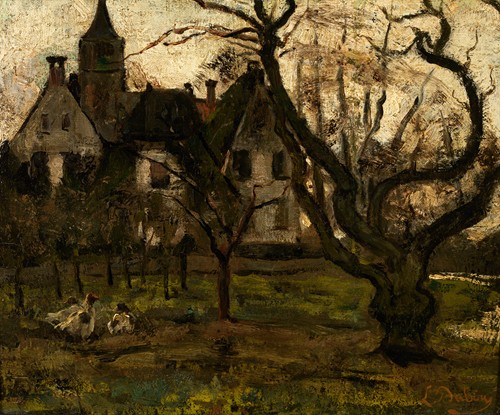
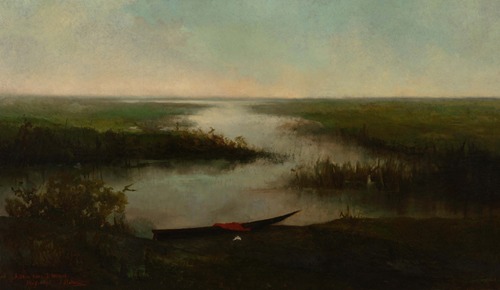
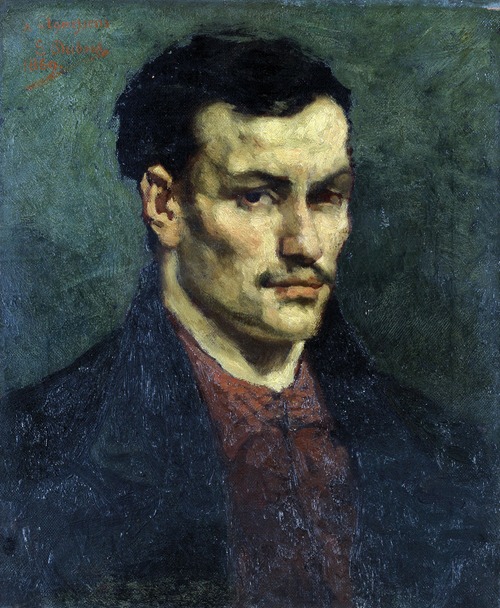
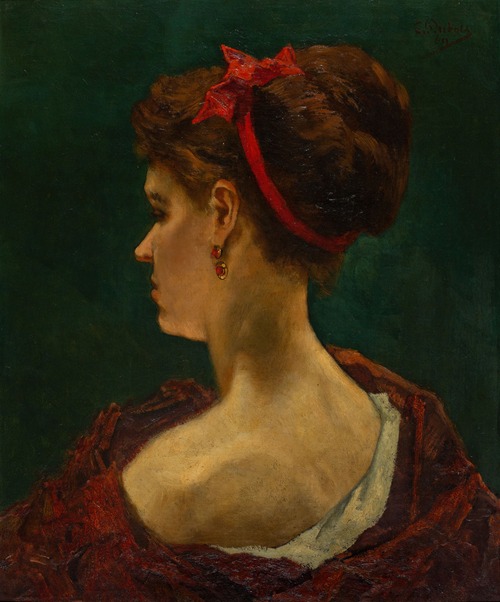
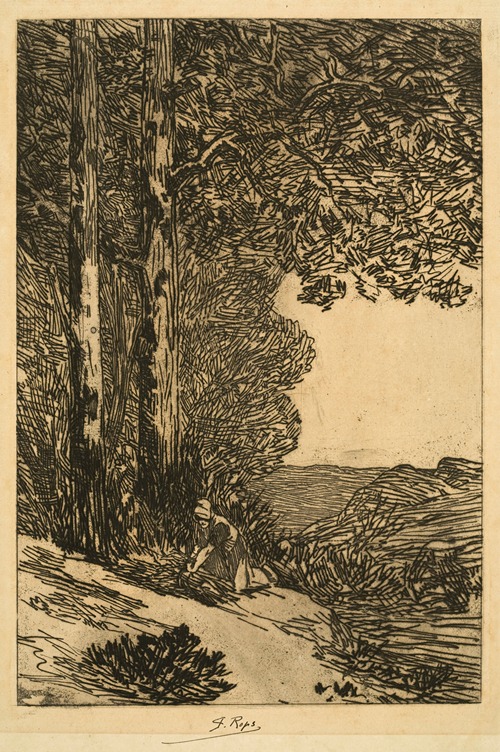
Louis Dubois was a Belgian painter who specialized in landscapes and Portraits in a naturalistic style. He also painted genre and still-life subjects.
Louis Dubois was born in 1830 in Brussels, Belgium. He died of a respiratory illness in Brussels in 1880 at the age of 50.
Louis Dubois belonged to a group of artists who, in the style of the second half the 19th century, rebelled against the traditional painting of the past in favor of the style of this period. With the painters Théodore Baron, Louis Artan, Edmond Lambrichs, F. Foudin, on 1 March 1868, he became one of the founders of La Société Libre des Beaux-Arts.
The society was officially established in 1868 as "Comité de Salut Public révolutionnaire, pour la libération de l'Art" according to Lucien Solvay. The society members scorned the rules of the Academy and the aesthetics currently accepted; the artists of the "Free Society for the Fine Arts" freely and uniquely interpreted nature and reality, without following a common discipline, and stated their motto: "Liberté et Sincerité" and thus started a vehement controversy.
To make known and spread their realist philosophy, in 1871 they created "L'Art Libre" an art and literary journal under Leon Dommartin's direction; it was published on the 1st and 15th of each month (the first was published on 15 December 1871).
Louis Dubois, as the principal illustrator and the only painter-editor, was the most argumentative.
Under the pseudonym "Hout" (Dutch translation of Dubois), in his alert, precise style, Dubois criticized traditional painting in his stories. In his well-respected lampoons, he spoke from the perspective of good sense, logic, sincerity, truth.
Dubois worked in Paris at Thomas Couture's studio, which was active from 1847 to 1863. He also found himself in the company of Félicien Rops, Charles Hermans, Constantin Meunier, Jules Raeymaeckers, among the attendees of the "Atelier Libre Saint-Luc" in Brussels from 1853 to 1863, then directed by Slingeneyer – an association of young painters gathered to work together.
Dubois exhibited for the first time at the Brussels Exhibition of 1857 where he showed three paintings "Joueurs" (Players), "Embuscade" (Ambush), and "Prêtre allant célébrer la Masse" (Priests going to celebrate Mass).
At an 1860 show, Dubois showed the great work "Les Cigognes" (The Storks), (shown at Spa that same year) painted in 1858, "La Roulette" (both of which today hang in the Royal Museum of Fine Arts in Brussels) and a study called "Enfant de choeur" (Choir Child) (this remained in his family and is now on display in Maui, Hawaii in the home of his great great granddaughter Maureen Vernon Breen); in 1863 "Solitude" (formerly "Le Chevreuil mort [dead Deer]) (also now on display in the Royal Museum in Brussels) shows the dead animal outstretched in the middle of a silent forest.




